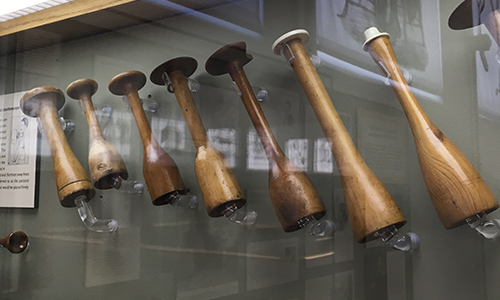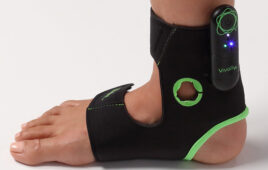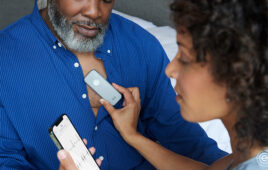Stethoscope

Wooden stethoscopes on display at the Dittrick Museum in Cleveland [Image by assistant editor Danielle Kirsh]
The rolled up piece of paper was soon replaced by a hollow wooden tube. Laennec, according to a
U.S. National Library of Medicine article, used the instrument to study sounds made by the heart and lungs; he made diagnoses that were supported by later autopsies.
The stethoscope was so disruptive because it moved physicians from trying to diagnose off a general set of symptoms. It was now possible to noninvasively listen to what was going on inside a person’s body and figure out what might be malfunctioning. Medicine was on its way to becoming much more scientific.
Modern versions of the stethoscope remain a ubiquitous tool of the medical profession.





Little credit to Dr. Frederic Foley who in the early 1930 some 30 years prior to Dr. Thomas Fogarty placed a balloon on an indwelling urethtal catheter. Confident any work by Dr. Fogarty probably involved a review of a Foley catheter as he began working on his catheter. Actually CR Bard began distributing the Foley catheter in the 1930 as well. Although Paul Raiche with the David Rubber company was awarded the Patent for the device the World would only know the product as The Foley… over 200million are utilized annually.
For a follow up article it would be interesting to track reimbursement policies and medical innovations. Since these policy can “push” innovation. At Poiesis this is why we launched the Duette catheter to reduce CAUTI events. CMS does not pay for never events so we designed a device that lowers rates 13:1 so far over the single balloon Foley. At $11,419 cost per infection it’s a game changer, only brought to the market due to reimbursement policies.
Appreciate the look back, alway good to know the past.
That’s a good point about Dr. Foley, Greg. Fogarty’s work, it seems, was such a game-changer because he figured out how to make balloon catheter work in the vasculature. Surgeons not having to dig around looking for a blood clot — it was a big deal. … That’s interesting about how reimbursement policies enabled the launch of your catheter. Think we’ll see more innovation like this, since CMS is driving toward alternative payment models post-Obamacare?
Certainly these are all game changers, although the first few were probably the biggest game changers ever. Certainly this is a relevant collection of major accomplishments. Thanks for publishing it!!